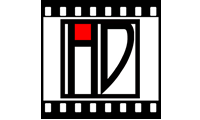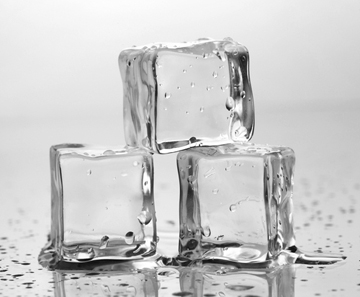Product Description
Carlotta Corpron, Light Cubes, Silver gelatin print c. 1947


CARLOTTA CORPRON (1901-1988) USA
Light Cubes c. 1947
Silver gelatin print, patinated steel frame
Signed: Carlotta M. Corpron, Denton, Texas, RM6 #1081.47 (stamped on back)
Framed size: H: 13 ¾” x W: 16 ¾”
Price: $40,000
Corpron became a teacher at Texas Woman’s University in 1935 and in 1942 she led a light workshop at Texas Woman’s University for photographer Laszlo Moholy-Nagy. Although he praised her rapport with her students, Moholy-Nagy did not encourage Corpron’s independent photography. More influential on her work was the arrival of Gyorgy Kepes, who came to Denton to write a book in 1944. His interest in Corpron’s work prompted her to produce several series of photographs that were the most original of her career. At his suggestion Corpron experimented by placing white paper cut in simple shapes within a perforated box that was open at one end. When flashlights were shined through the holes onto the paper shapes, interesting patterns of light and shadow were reflected. The resulting abstract photographs comprised Corpron’s “Light Patterns” series.
In her “Light Follows Form” series she extended her exploration of the modeling properties of light to three-dimensional form. In this series, she used light filtered through Venetian blinds or glass to dramatize a plaster cast of a Greek head. She also experimented with solarization, a process in which already exposed negatives are exposed. Works such as Solarized Calla Lilies (1948) convey a surreal elegance, but Corpron favored more original methods of expression. She regarded her “Space Compositions” and “Fluid Light Designs” series as her best work. In the former she used still-lifes composed of eggs, nautilus shells, or glass paperweights, usually combined with a curving reflective surface, to produce an illusion of receding three-dimensional space. She emphasized distortions of form that occurred in her egg photographs by experimentation during the development process. Her work is included in the collections of the Museum of Modern Art in New York City, the Art Institute of Chicago, the New Orleans Museum of Art, the Dallas Museum of Art, and the Amon Carter Museum in Fort Worth.
Carlotta Corpron, Light Cubes, Silver gelatin print c. 1947
You must be logged in to post a comment.
ROGER GEORGES ANDRÈ DUVAL (1901-?) Meudon (Seine-et-Oise), France
La Chambré 1924
Oil on canvas
Signed and dated: ROGER DUVAL XXIV(lower left)
Exhbited: Paris, Salon des Indépendants, 1926, no. 1122
For more information see: Dictionnaire des Peintres, Sculpteurs, Dessinateurs et Graveurs, Vol. 4, E. Bénézit (Paris: Librairie Gründ, 1976).
Painting: H: 23 2/3” x W: 36 1/5”
Framed: H: 35” x 47 5/8”
Roger Duval painted in a modernist figurative style and beginning in 1920 regularly exhibited at the Salon d’Automne and the Salon des Indépendants in Paris. In 1925 he was awarded a prize by Paul Poiret for a painting entitled Conversation and again in 1926 for another painting entitled Bal Musette. Also in 1926, La Chambrée (1924) was exhibited in Paris at the Salon des Indépendants. By 1928 Duval’s technique had evolved into a moderninst/cubist style and a group of his paintings were featured in an Exposition of Painting and Sculpture in Boston, MA.
It is interesting to note Duval’s shared vision with Picasso in their depiction of peasant figures in repose. Their full-bodied, voluptuous and sensual forms illustrate both artists’ sculptural approach to painting in the early 1920s. However by the mid-1920s Duval and Picasso’s painting styles evolved from these softer, rounded shapes into more angular, abstracted forms.

Reviews
There are no reviews yet, would you like to submit yours?